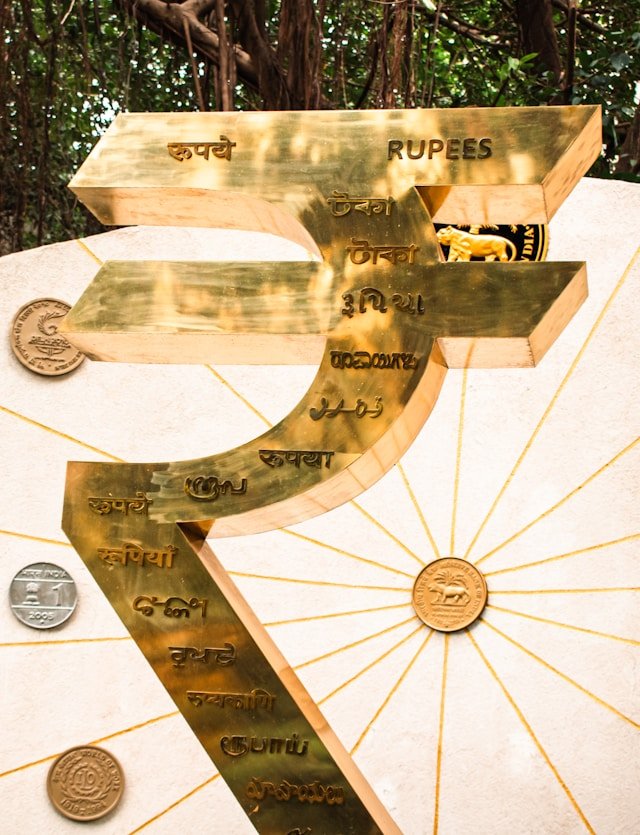
The disparity between Indian states in terms of economy, infrastructure development, employment, roads, health, and education is stark and unfortunate. For example, Assam, where I come from, had only three medical colleges when I began my professional journey. While a lot has changed, hordes of students from the northeast still flock to Delhi and Pune for educational and employment opportunities.
Explaining this problem, in a recent article in Business Standard, Shikha Chaturvedi compares the gap between India’s states, analyzing how greater development tends to lead to increased investment in health and education. Not only is the per capita income of the four southern states more than three times that of the two poorest northern states, but as Chaturvedi points out, there is a direct correlation between the states’ expenditure on education and health with population stabilization, increased per capita incomes, tax revenues, and foreign direct investment.
Quoting the Annual Status of Education Report (ASER) 2024, she writes that pre-primary enrollment among three-year-olds rose nationally to 77.4%, but coverage is uneven. States such as Karnataka, Kerala, Gujarat, and Maharashtra reported near universal enrollment, but UP and Meghalaya are abysmally low. Dropout rates follow similar patterns.
A PRS legislative research shows per capita spending on education in 2024-24 was Rs 3,205 in UP, Rs 3,245 in Bihar, and Rs 3,626 in Jharkhand against an average of Rs 5,300 in other states. In Kerala, it is almost Rs 30,000 per student – a huge gap.
Explaining the southern states’ development strides, Chaturvedi quotes Govinda Rao, member of the 14th Finance Commission, “…Higher per-person fiscal space in the South buys more schools, better health facilities, and well-maintained roads. Northern states may devote larger shares of their smaller budgets to social spending, but their per capita outlays remain low.” He adds, “Poorer states must build schools, colleges, and infrastructure to improve human capital; cash transfers won’t help… if states do not spend well on education, people will migrate to places for better opportunities.”
The well-researched article elucidates how meaningful investment in education leads to better skills, and places with a skilled workforce and talent always draw more investment. This explains why Maharashtra, Karnataka, and Tamil Nadu together capture over half of India’s FDI inflows while Bihar and UP attract only a fraction.
Coming to central education spending, despite an increase in budgetary allocation over the years, India’s overall spending on education continues to fall short of the 6% of GDP target recommended by the National Education Policy (NEP) 2020. In the Union Budget 2025-26, the education sector received ₹1.28 trillion—a 6.5% increase from the previous year, marking the smallest hike in the past four years. ₹1.20 trillion was allocated in 2024-2025, ₹ 1.12 trillion in 2023-2024, and ₹ 1.04 trillion in 2022-2023, according to government data.
Over the past decade, India’s expenditure on education has remained between 3% and 4% of GDP, fluctuating in response to changing economic conditions and government priorities. In comparison, smaller neighbors such as Bhutan and the Maldives spend 5.8% and 5.2% of their GDP on education, respectively, according to an EY report. Not to speak of Bangladesh, which provides twice the number of schoolbooks per child in its schools as does India, according to an IppStar study.
According to the EY report, in terms of numbers, India spent 4.64% of its GDP on education in 2021, much below Western nations but above China and Japan. High-income nations spent 4.8% of GDP on education, while the world average is 4.24%, which means India is technically on course. But then, we should not forget that India’s education system is still evolving and maturing, and the extreme disparity of this spending between the four Southern states of the country and its poorer states in the north.
On paper, India may have achieved a 76% literacy rate, but there remains a clear difference between being able to read and write and being educated, skilled, and equipped to productively contribute to the modernizing and developing economy. Till that gap is bridged, spending on education cannot be compromised, especially in our poorer states.
















